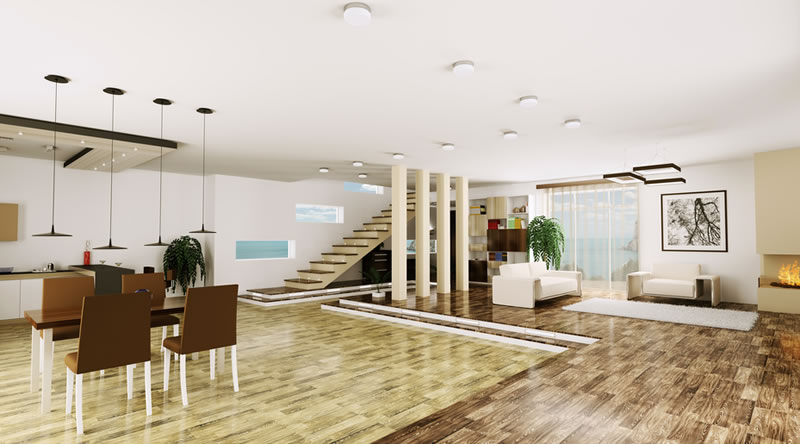Of course, not every planning application is for the kind of mega-basement that the rich and famous seem to love. In fact, for most people a simple basement conversion is often the quickest, easiest and least disruptive way to add more living space to their home. Loft conversions are most suitable for adding bedrooms, but if you need more space for a growing family to live, eat and study, then the basement is the natural choice.
The Pros and Cons of Retrofitting
But what if you don’t have a basement to convert? Then retrofitting is the answer. During this process your construction company will actually dig a basement under the existing footprint of your house. The possibilities for how you use the space are endless, and the work causes the minimum of disruption to you as access to the site is external.
However, a retrofitted basement is a very specialised construction and is generally only economically viable with higher-value and period properties where options for extension above ground are limited. With these types of basement construction, you’ll always need planning and building regulations approval, and the extensive excavation required can be a flashpoint with neighbours.
However, if you’re thinking of adding a basement to a new-build property, no additional permissions will be required, as they should all have been approved during the initial planning process.
Going Deeper
Sub-basement construction, or the creation of a multi-level basement, is generally beyond the reach of most homeowners. This is the preserve of the rich and famous, with swimming pools, cinemas, art galleries and parking garages for classic cars filling the space beneath London’s homes. This is the type of basement in London that attracts the column inches and causes disputes between neighbours.
Excavate out Under the Garden
Perhaps the most interesting of all the types of basements that can be constructed under your home is the external basement that is dug out under the garden. This has the benefit of providing additional living space that is only constrained by the size of your garden and that doesn’t compromise your outdoor space yet gives you all the advantages of adding natural light and even a terrace. Additionally, the further the development is from your house, the less underpinning work will be required.
To Dig or Not to Dig?
If you feel you’re trapped in your current property and you’ve already converted the loft, then a basement conversion or construction could be the answer to your space issues. It’s a creative way of using land efficiently to produce spacious homes. But there are other benefits, too: basement spaces are inherently well insulated, making them extremely energy-efficient as part of a sustainable development. And because a basement construction is inherently airtight, techniques such as heat recovery are much more effective. You don’t have to create a mega-basement to enjoy the benefits of extra living space – a clever retrofit or garden extension will also significantly increase the value of your property.

